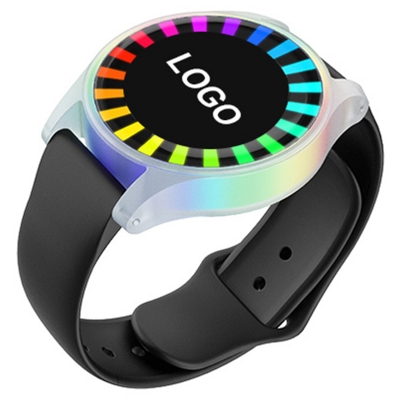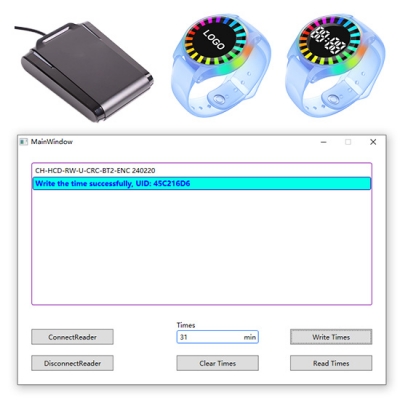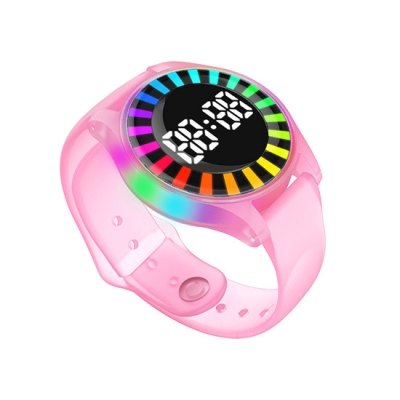Advantages of 125kHz Proximity Cards
The 125kHz proximity cards boast several advantages that make them ideal for specific applications. Firstly, these cards utilize common CMOS technology in their chip, making them cost-effective and power-efficient. Moreover, they operate at a frequency unaffected by RF interference, enabling reliable performance. Additionally, they possess the capability to penetrate water, organic tissues, and wood, expanding their applicability. These cards are best suited for close-range, low-speed, and low-data-volume applications. The 125kHz proximity cards excel in scenarios where cost efficiency, power conservation, and reliable performance are paramount.
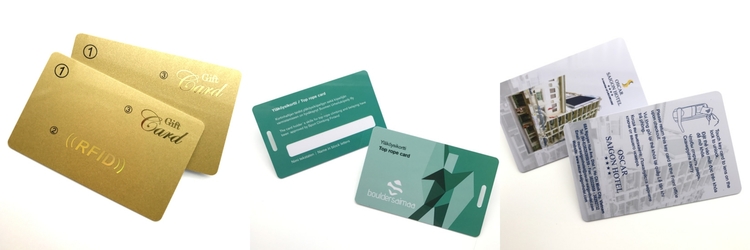
Specifications
125KHZ LF RFID Cards can be manufactured using materials such as PVC, PET, ABS, or PET-G. They are available in the standard CR80 size (85.5x54x0.84mm) or can be customized to specific dimensions. Various chip options are supported, including TK4100, EM4200, T5577, Hitag 1, Hitag 2, and Hitag S 2048. The cards are compliant with protocols like ISO11784, ISO14443A, ISO15693, IS18000-6B, and EPC C1 GEN2, while operating at a low-frequency (LF).
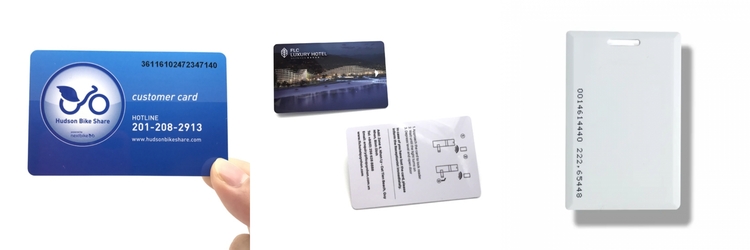
Manufacturing and Printing Options
The manufacturing process for 125kHz proximity RFID cards offers multiple techniques such as barcode printing, scratch-off cards, signature cards, inkjet printing, laser engraving, and embossing. These methods provide versatility and customization possibilities to suit specific requirements. The cards can be encoded according to the intended application, implementing secure and efficient data storage and retrieval. The ID numbers can be printed with options including inkjet printing, thermal transfer, or laser engraving. Surface finishes like matte, glossy, or frosted can be chosen, and printing options include full-color offset printing and screen printing, ensuring high-quality visuals and aesthetics.
Proximity Cards 125khz stand out as cost-effective, power-efficient, and versatile solutions accommodating low-speed and low-data-volume applications. With their ability to penetrate various materials and their support for multiple protocols, these cards offer reliable performance and customization possibilities. The manufacturing and printing options further ensure flexibility and visual appeal.











